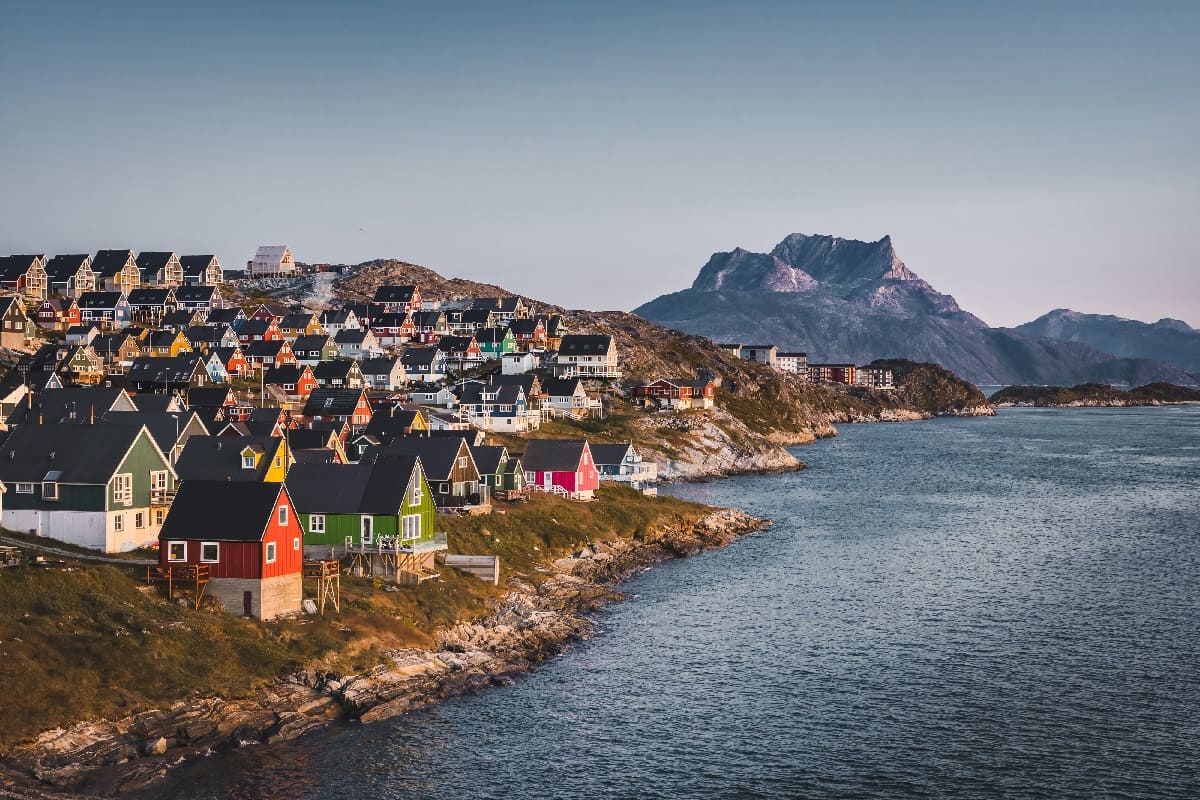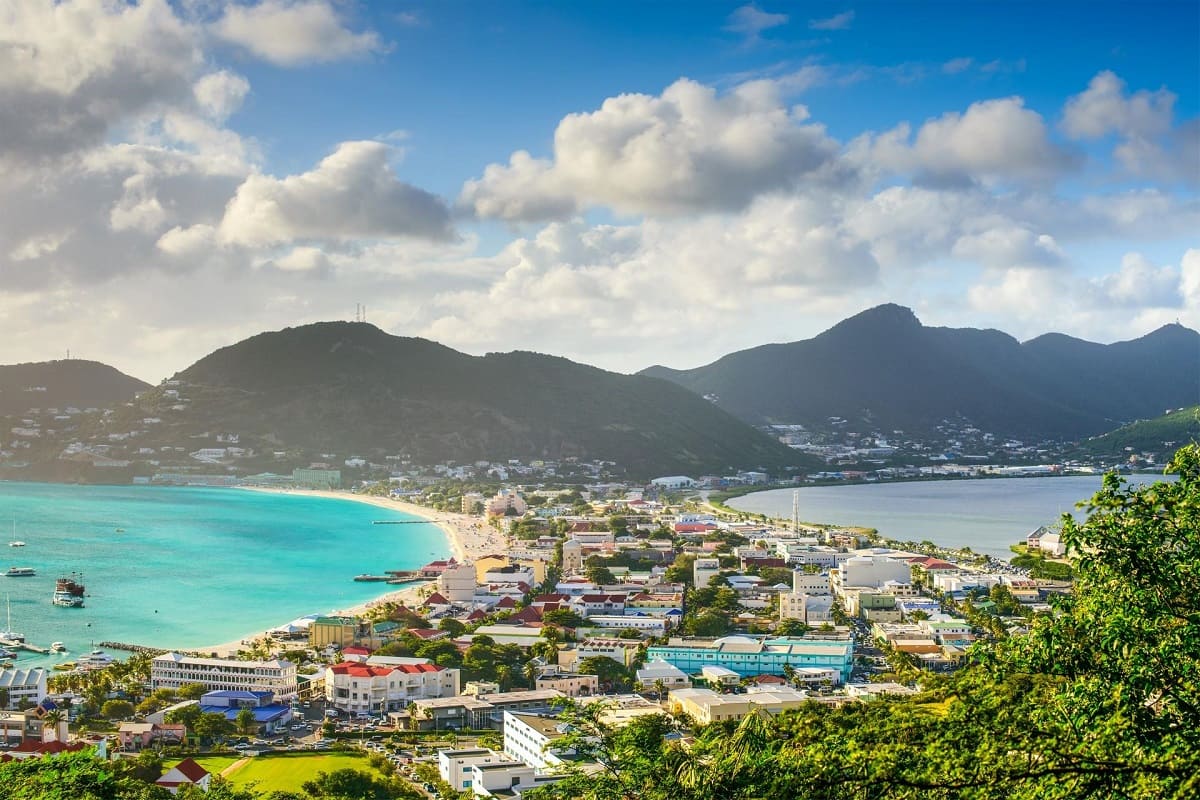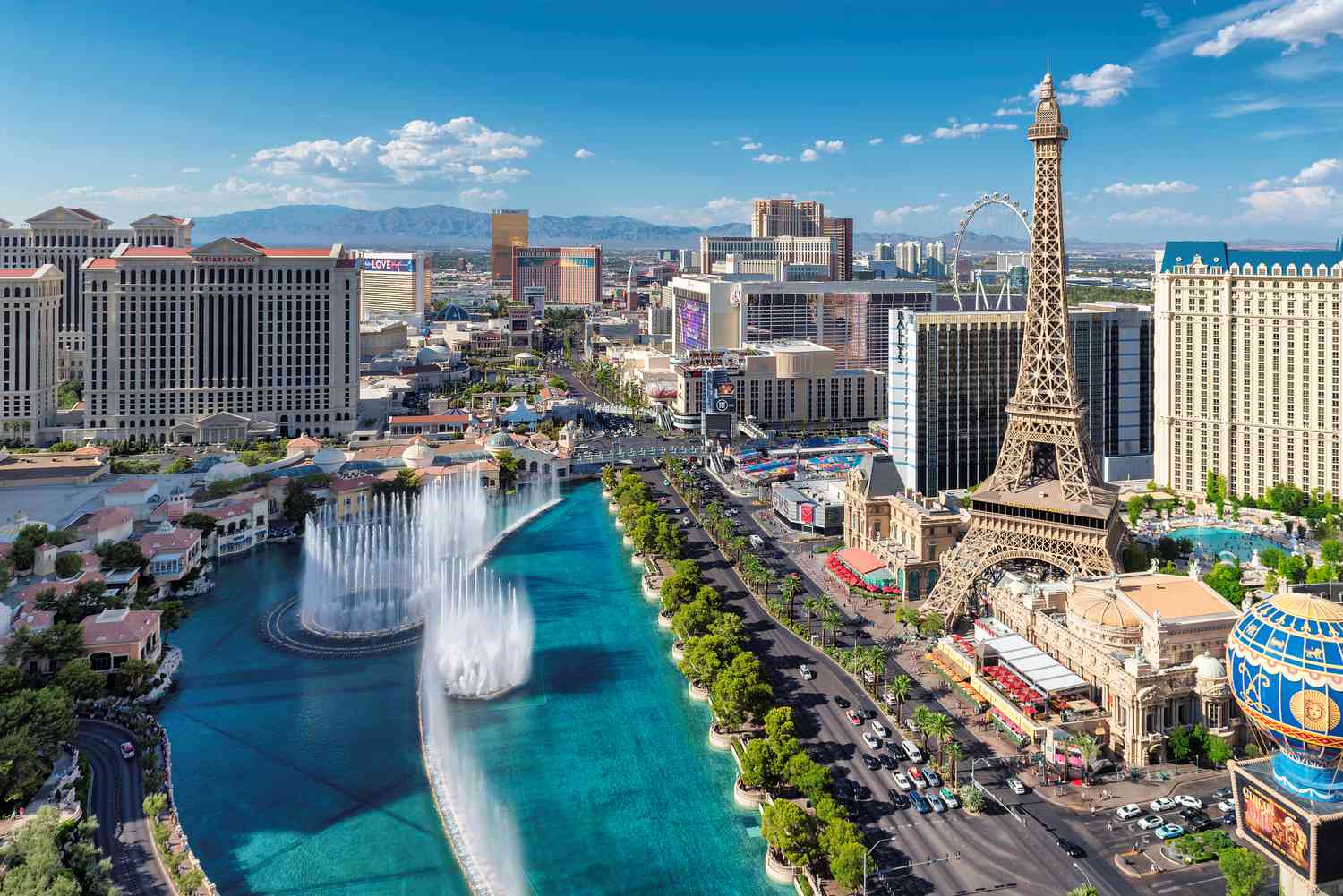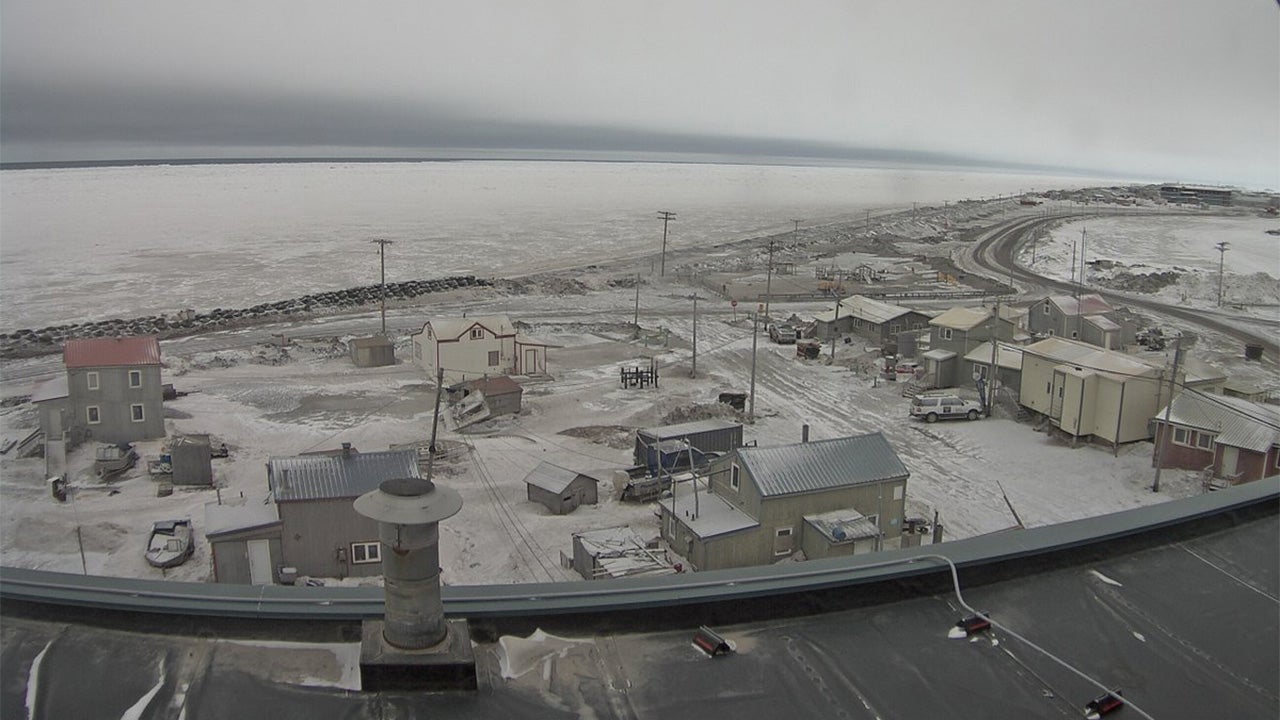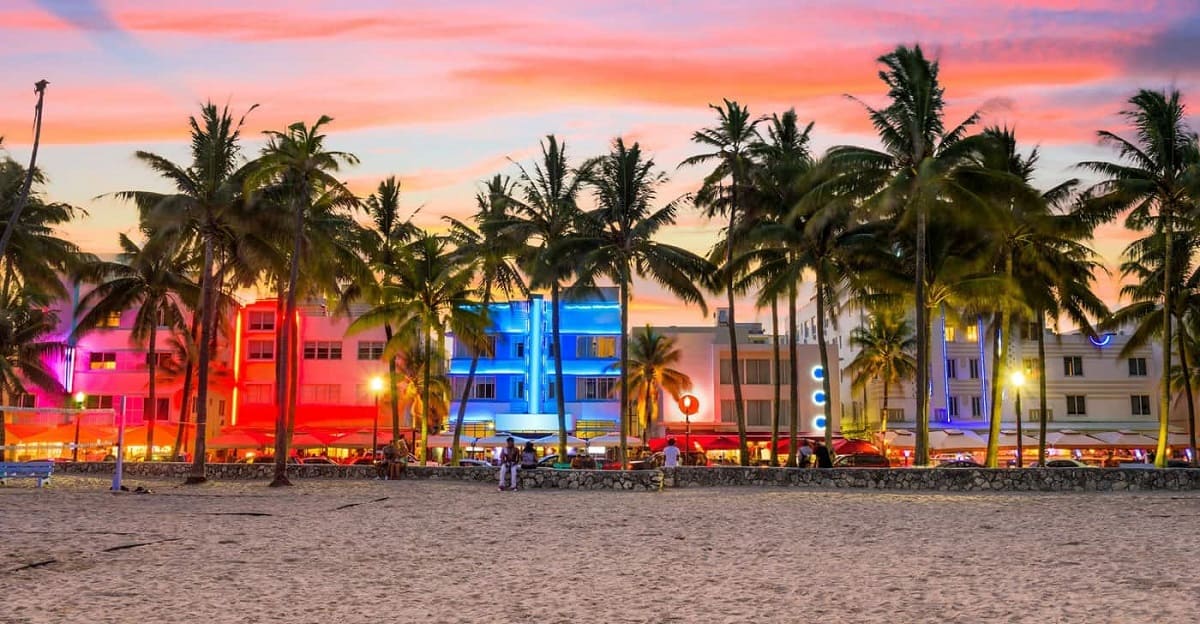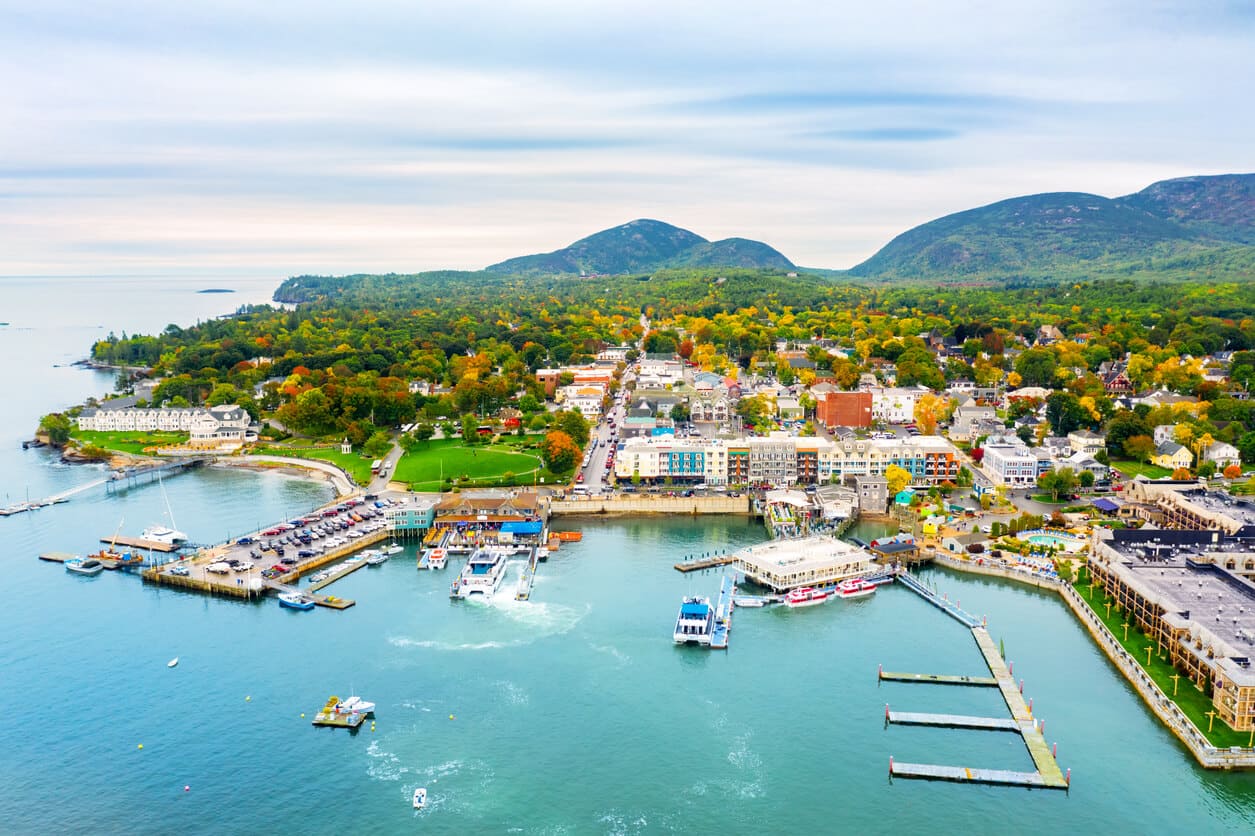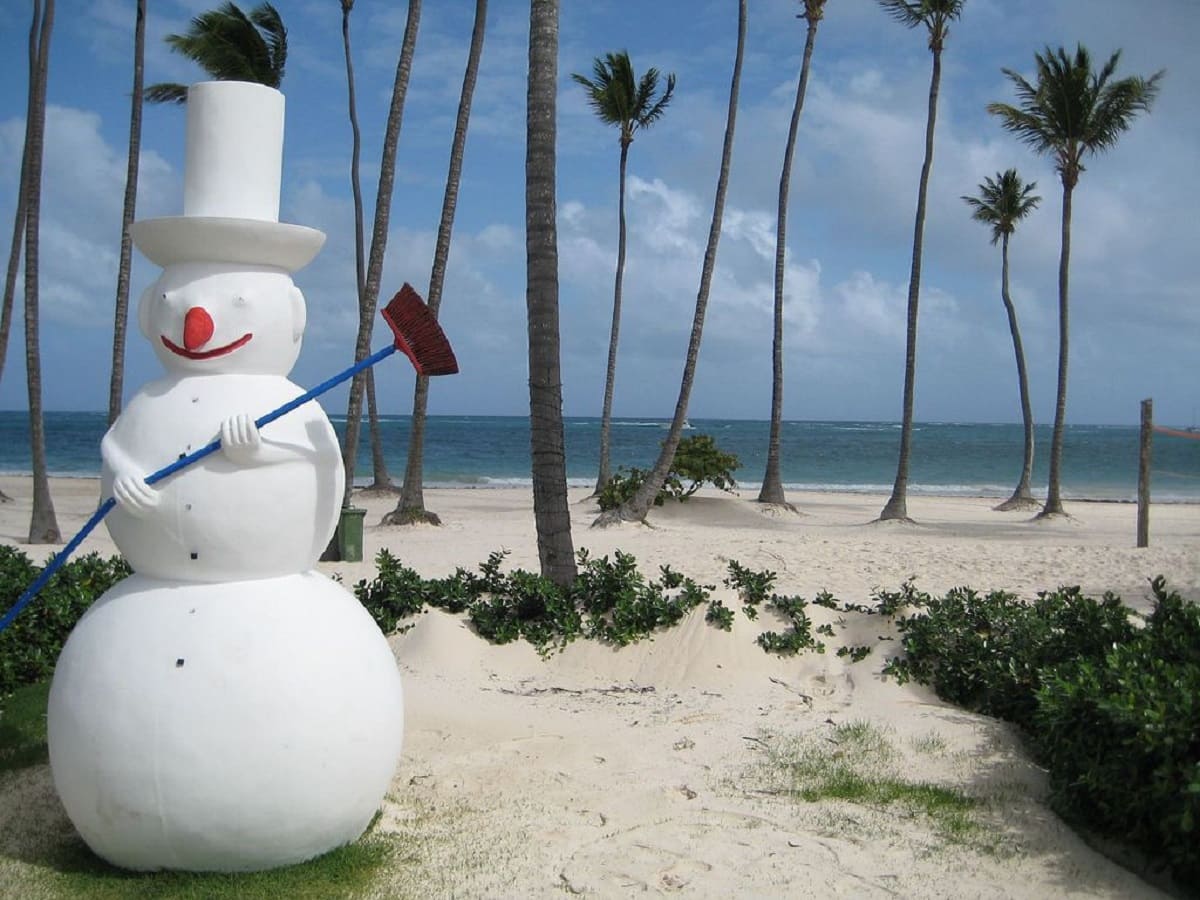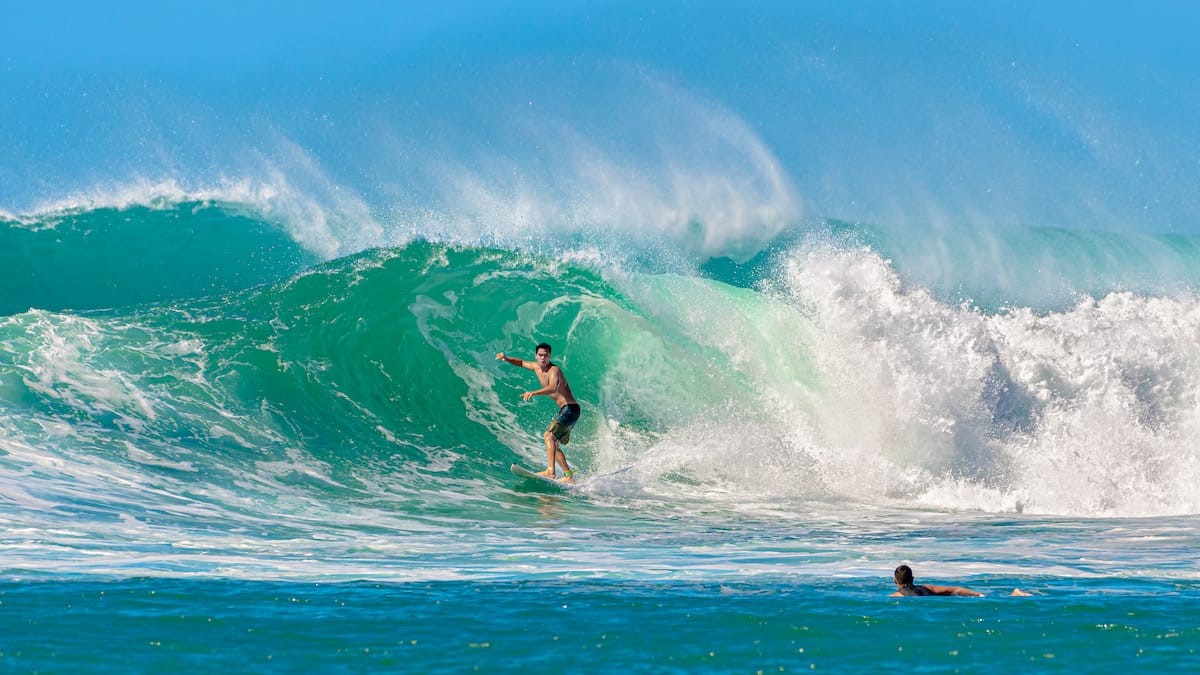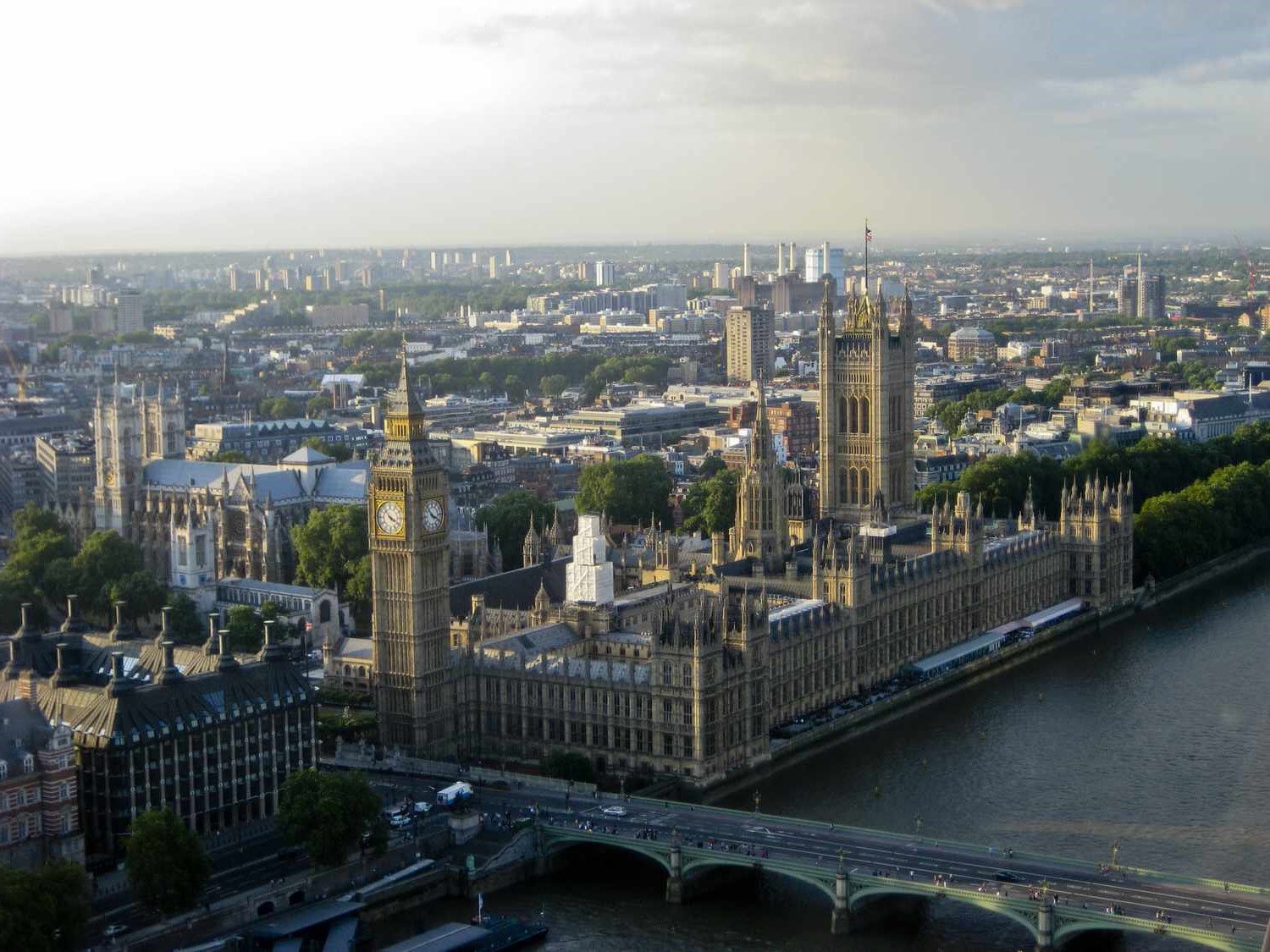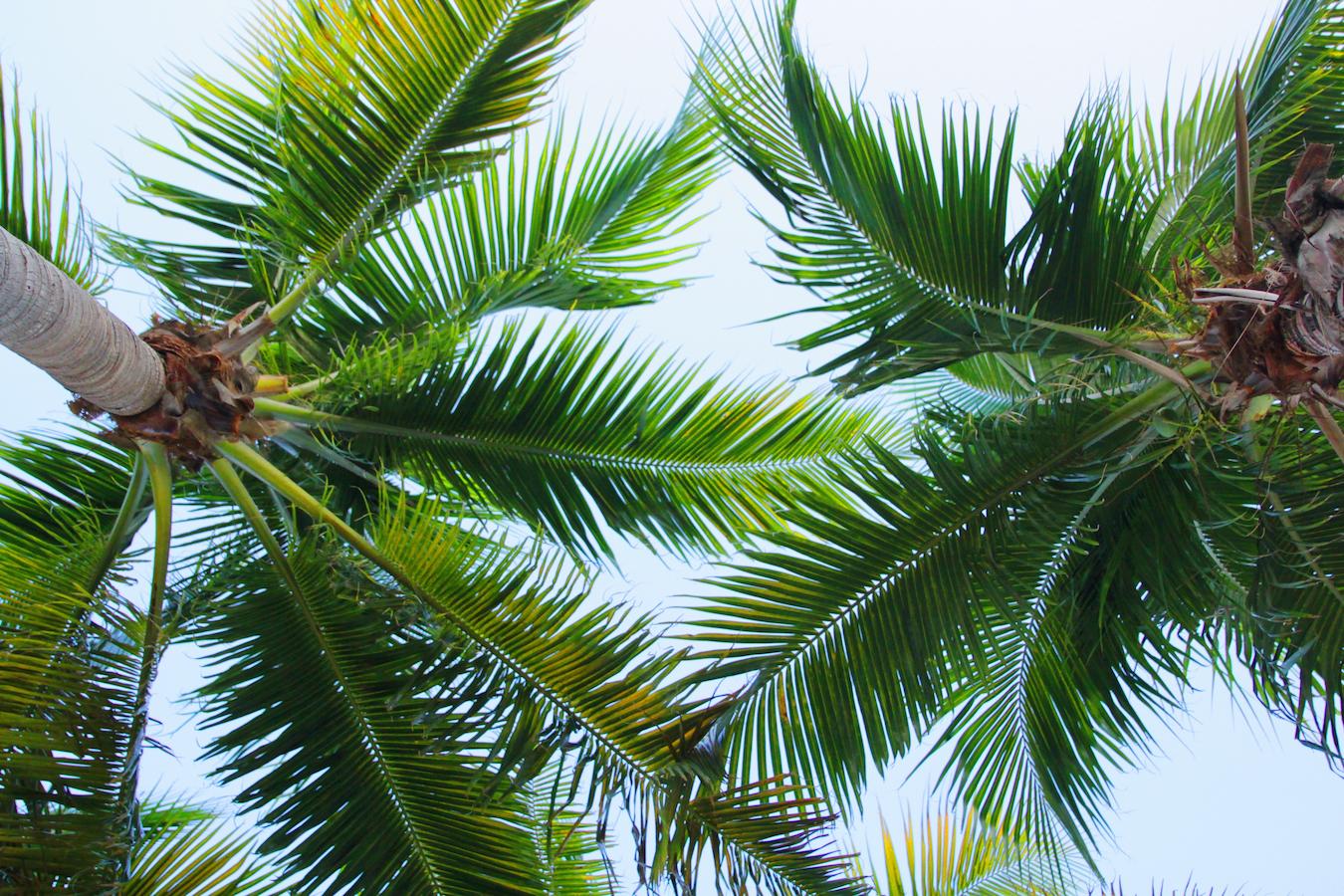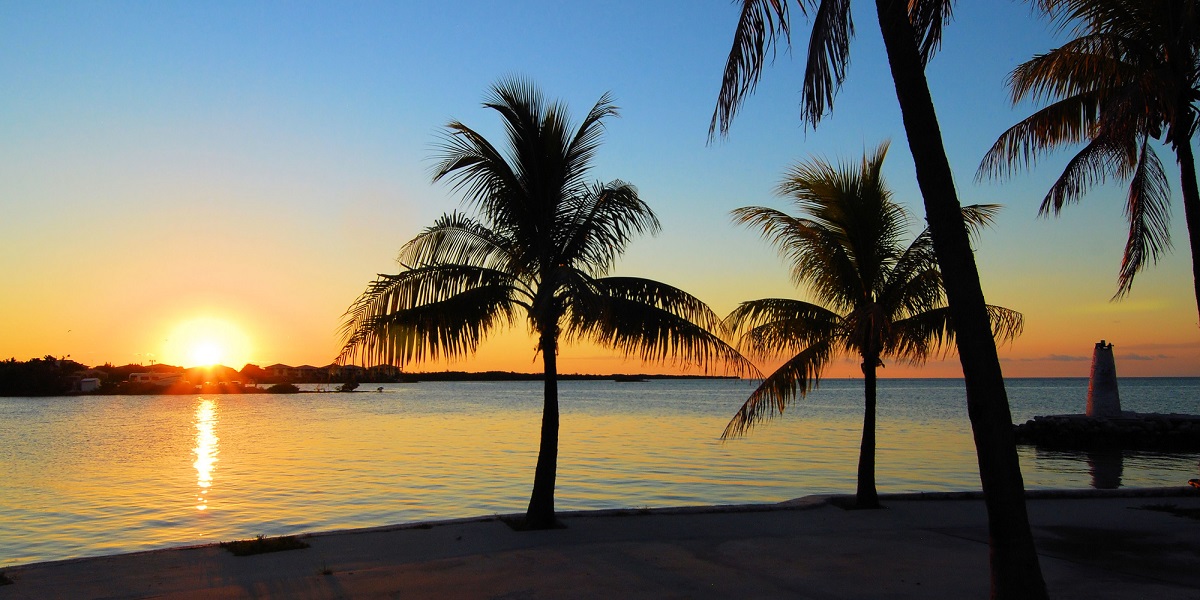Home>Weather and Climate>July Weather In Alaska: A Guide To The Climate And Conditions
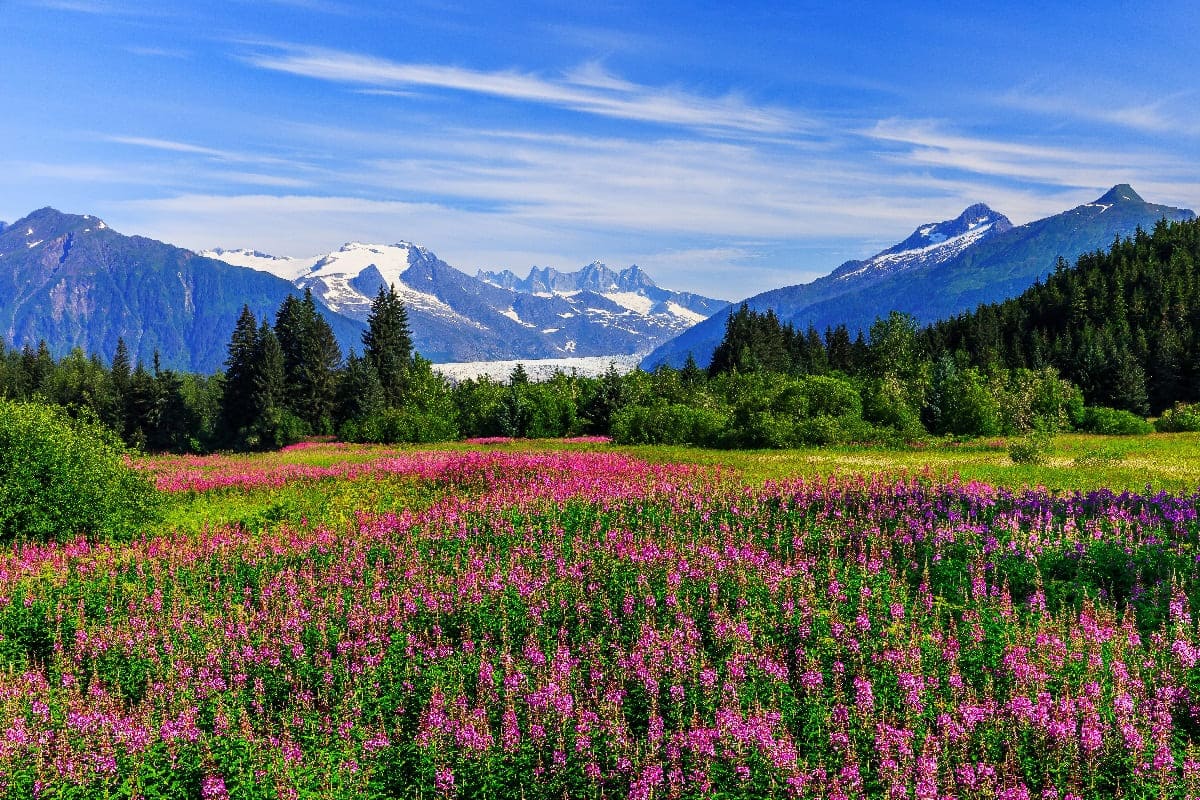

Weather and Climate
July Weather In Alaska: A Guide To The Climate And Conditions
Published: March 1, 2024
Discover the weather and climate in Alaska during July with our comprehensive guide. Learn about the conditions and climate patterns for your trip.
(Many of the links in this article redirect to a specific reviewed product. Your purchase of these products through affiliate links helps to generate commission for Temperatures.com, at no extra cost. Learn more)
Table of Contents
Introduction
July in Alaska is a time of vibrant energy and natural splendor. As the summer season reaches its peak, the Last Frontier transforms into a playground for outdoor enthusiasts, wildlife aficionados, and culture seekers. The unique climate and weather conditions of Alaska during this month set the stage for unforgettable adventures and memorable experiences. Whether you're planning a visit to the majestic Denali National Park, embarking on a whale-watching excursion in the Kenai Fjords, or immersing yourself in the rich heritage of native Alaskan communities, July offers an array of opportunities to explore and appreciate the untamed beauty of this remarkable state.
In this guide, we will delve into the distinctive weather patterns and climatic characteristics that define Alaska in July. From the average temperatures and precipitation levels to the extended daylight hours and the array of activities and events available, this comprehensive overview will equip you with the essential knowledge to make the most of your July journey through the vast and awe-inspiring landscapes of Alaska. Additionally, we'll provide valuable packing tips to ensure that you are well-prepared for the diverse weather conditions and outdoor pursuits that await you.
So, whether you're a seasoned traveler seeking a new frontier to conquer or a nature enthusiast yearning to witness the raw, unspoiled beauty of the wilderness, join us as we unravel the captivating allure of July weather in Alaska. Get ready to embark on a journey that promises to ignite your sense of wonder and leave an indelible imprint on your soul.
Understanding Alaska's Climate
Alaska's climate is as diverse as its breathtaking landscapes, encompassing a wide range of weather patterns and climatic conditions. The state's sheer size, spanning over 660,000 square miles, contributes to the significant variations in climate across different regions. In July, Alaska experiences a unique blend of climatic elements that shape the overall weather conditions during this time of year.
The state's climate is greatly influenced by its proximity to the Arctic Circle, resulting in distinct seasonal changes. July marks the peak of summer in Alaska, characterized by relatively milder temperatures and extended daylight hours. However, it's essential to recognize that Alaska's climate can be unpredictable, with rapid shifts in weather and localized variations due to its diverse topography.
Coastal areas, such as those along the Gulf of Alaska and the Inside Passage, tend to experience cooler temperatures and higher levels of precipitation compared to inland regions. The presence of the Pacific Ocean significantly influences the climate of these coastal areas, contributing to the formation of fog, mist, and frequent rainfall.
In contrast, interior regions, including the renowned Denali National Park and Fairbanks, generally encounter warmer temperatures and drier conditions during July. The vast expanses of wilderness and mountainous terrain in these areas contribute to distinctive microclimates, with variations in temperature and precipitation based on elevation and proximity to mountain ranges.
Alaska's climate in July also showcases the phenomenon of the "midnight sun," a captivating natural occurrence in which the sun remains visible for extended periods, particularly in northern regions. This unique phenomenon grants visitors the opportunity to revel in prolonged daylight hours, providing ample time for exploration and outdoor activities amidst the stunning Alaskan scenery.
Understanding Alaska's climate is pivotal for travelers seeking to immerse themselves in the state's natural wonders and diverse ecosystems. By gaining insight into the climatic nuances of different regions, visitors can effectively plan their excursions and make informed decisions regarding outdoor pursuits, ensuring a fulfilling and enriching experience in the remarkable wilderness of Alaska.
Average Temperature in July
In July, Alaska experiences a wide spectrum of temperatures, varying across its expansive geographical expanse. Coastal areas, including cities like Anchorage and Juneau, typically encounter average high temperatures ranging from 60°F to 70°F (15°C to 21°C), with cooler evenings and nights. Conversely, inland regions, such as Fairbanks and Denali National Park, often witness warmer conditions, with average highs reaching 70°F to 80°F (21°C to 27°C) during the day. These variations in temperature are influenced by factors such as proximity to the ocean, elevation, and the presence of mountain ranges.
The prolonged daylight hours in July contribute to the overall temperature patterns, allowing for significant diurnal temperature ranges. This means that while daytime temperatures can be comfortably warm, evenings and nights may bring a noticeable drop in temperature, especially in interior and higher elevation areas. It's important for visitors to be prepared for these fluctuations and to pack layers to accommodate the changing temperatures throughout the day.
The diverse temperature ranges across different regions of Alaska in July offer travelers the opportunity to tailor their experiences based on their preferences. Whether it's enjoying the cooler coastal climate or basking in the warmth of the interior, Alaska's varied temperatures in July cater to a wide range of outdoor activities and sightseeing opportunities. From glacier cruises and wildlife viewing to hiking and cultural explorations, the distinct temperature profiles of different regions contribute to the richness and diversity of experiences available to visitors during this vibrant summer month.
Understanding the average temperatures in July is essential for planning and preparing for a trip to Alaska. By being aware of the temperature differentials across various regions, travelers can pack appropriate clothing and gear, ensuring comfort and enjoyment throughout their Alaskan adventure. Whether reveling in the coastal coolness or embracing the inland warmth, July in Alaska offers a tapestry of temperature experiences, inviting visitors to immerse themselves in the captivating beauty and natural grandeur of the Last Frontier.
Precipitation and Rainfall
In July, Alaska experiences diverse precipitation patterns, with variations in rainfall levels across different regions of the state. Coastal areas, including the southeastern panhandle and the south-central regions, often encounter higher levels of precipitation during this time of year. The influence of the Pacific Ocean contributes to the formation of moist air masses, leading to frequent rainfall and the development of lush, temperate rainforests. Cities such as Juneau and Ketchikan are known for their abundant rainfall in July, creating a verdant and vibrant natural environment.
Conversely, interior and northern regions of Alaska, such as Fairbanks and the Arctic Circle, typically receive lower levels of rainfall during July. The continental climate of these areas, characterized by drier conditions and a more pronounced temperature range, results in reduced precipitation compared to coastal areas. This climatic distinction plays a significant role in shaping the diverse landscapes and ecosystems found throughout Alaska, from the verdant coastal rainforests to the expansive tundra and boreal forests of the interior and northern regions.
It's important to note that while rainfall levels may vary, Alaska's weather can be unpredictable, and brief showers or passing storms can occur even in regions with lower average precipitation. Visitors should be prepared for sudden changes in weather and pack appropriate rain gear, especially when exploring coastal areas or engaging in outdoor activities that may be affected by inclement weather.
The precipitation and rainfall patterns in Alaska during July contribute to the state's remarkable natural beauty and ecological diversity. The abundance of rainfall in coastal regions sustains lush vegetation and supports thriving wildlife populations, offering visitors the opportunity to witness the breathtaking spectacle of nature in its purest form. In contrast, the drier conditions in interior and northern areas create a distinct backdrop for outdoor adventures, from exploring vast wilderness areas to experiencing the unique cultural heritage of indigenous communities.
Understanding the precipitation and rainfall dynamics in Alaska is crucial for travelers seeking to make the most of their July journey. By acknowledging the regional variations in precipitation levels and being prepared for potential changes in weather, visitors can fully immerse themselves in the awe-inspiring landscapes and captivating experiences that define Alaska's summer allure. Whether marveling at coastal rainforests glistening with raindrops or traversing the rugged terrain of the interior under expansive skies, July in Alaska offers a tapestry of precipitation experiences, inviting adventurers to embrace the untamed splendor of the Last Frontier.
Daylight Hours
In July, Alaska showcases a remarkable display of extended daylight hours, a phenomenon that captivates visitors and residents alike. The state's unique geographical position near the Arctic Circle contributes to the occurrence of the "midnight sun," a natural spectacle in which the sun remains visible for extended periods, particularly in northern regions. This extraordinary phenomenon grants Alaska the distinction of experiencing some of the longest daylight hours in the United States during the summer months.
The prolonged daylight hours in July create an enchanting ambiance, allowing for an abundance of time to explore and engage in a myriad of outdoor activities. In regions such as Fairbanks and Barrow, the sun remains visible for nearly 24 hours, casting a luminous glow over the breathtaking landscapes and providing an unparalleled opportunity for adventure and discovery. The ethereal glow of the midnight sun infuses the surroundings with a sense of magic, transforming the Alaskan wilderness into a realm of perpetual daylight and endless possibilities.
The extended daylight hours also offer a unique perspective for visitors, enabling them to immerse themselves in the splendor of Alaska's natural wonders at any time of day or night. Whether embarking on a late-night hike to witness the surreal beauty of a sunlit landscape or partaking in a midnight wildlife viewing excursion, the extraordinary daylight hours in July open up a world of exploration and enchantment.
For outdoor enthusiasts, the prolonged daylight presents an ideal setting for activities such as hiking, fishing, wildlife photography, and glacier exploration. The extended hours of sunlight provide ample time to traverse the rugged terrain, observe wildlife in their natural habitats, and savor the breathtaking vistas that define Alaska's untamed beauty. Additionally, the extended daylight hours create a sense of timelessness, allowing visitors to fully immerse themselves in the grandeur of the Alaskan wilderness without the constraints of traditional day-night cycles.
The phenomenon of extended daylight hours in July is a defining feature of Alaska's summer experience, offering a profound connection to the natural world and a sense of wonder that transcends conventional boundaries. Whether witnessing the sun's radiant glow at midnight or embarking on an early morning adventure bathed in the soft hues of the Alaskan dawn, the extraordinary daylight hours in July invite travelers to embrace the extraordinary and embrace the extraordinary and embrace the extraordinary and embrace the extraordinary and embrace the extraordinary and embrace the extraordinary and embrace the extraordinary and embrace the extraordinary and embrace the extraordinary and embrace the extraordinary and embrace the extraordinary and embrace the extraordinary and embrace the extraordinary and embrace the extraordinary and embrace the extraordinary and embrace the extraordinary and embrace the extraordinary and embrace the extraordinary and embrace the extraordinary and embrace the extraordinary and embrace the extraordinary and embrace the extraordinary and embrace the extraordinary and embrace the extraordinary and embrace the extraordinary and embrace the extraordinary and embrace the extraordinary and embrace the extraordinary and embrace the extraordinary and embrace the extraordinary and embrace the extraordinary and embrace the extraordinary and embrace the extraordinary and embrace the extraordinary and embrace the extraordinary and embrace the extraordinary and embrace the extraordinary and embrace the extraordinary and embrace the extraordinary and embrace the extraordinary and embrace the extraordinary and embrace the extraordinary and embrace the extraordinary and embrace the extraordinary and embrace the extraordinary and embrace the extraordinary and embrace the extraordinary and embrace the extraordinary and embrace the extraordinary and embrace the extraordinary and embrace the extraordinary and embrace the extraordinary and embrace the extraordinary and embrace the extraordinary and embrace the extraordinary and embrace the extraordinary and embrace the extraordinary and embrace the extraordinary and embrace the extraordinary and embrace the extraordinary and embrace the extraordinary and embrace the extraordinary and embrace the extraordinary and embrace the extraordinary and embrace the extraordinary and embrace the extraordinary and embrace the extraordinary and embrace the extraordinary and embrace the extraordinary and embrace the extraordinary and embrace the extraordinary and embrace the extraordinary and embrace the extraordinary and embrace the extraordinary and embrace the extraordinary and embrace the extraordinary and embrace the extraordinary and embrace the extraordinary and embrace the extraordinary and embrace the extraordinary and embrace the extraordinary and embrace the extraordinary and embrace the extraordinary and embrace the extraordinary and embrace the extraordinary and embrace the extraordinary and embrace the extraordinary and embrace the extraordinary and embrace the extraordinary and embrace the extraordinary and embrace the extraordinary and embrace the extraordinary and embrace the extraordinary and embrace the extraordinary and embrace the extraordinary and embrace the extraordinary and embrace the extraordinary and embrace the extraordinary and embrace the extraordinary and embrace the extraordinary and embrace the
Read more: Italy’s July Weather Guide
Activities and Events in July
July in Alaska heralds a plethora of exhilarating activities and vibrant events that celebrate the state's rich cultural heritage and awe-inspiring natural landscapes. From outdoor adventures to cultural festivities, the month offers an array of experiences that cater to diverse interests and passions.
-
Wildlife Viewing: July provides an ideal opportunity for wildlife enthusiasts to witness Alaska's diverse fauna in their natural habitats. From the majestic grizzly bears of Katmai National Park to the iconic bald eagles along the Chilkat River, the state's untamed wilderness teems with captivating wildlife. Guided wildlife tours and excursions offer intimate encounters with bears, moose, whales, and a myriad of bird species, providing unforgettable moments for nature lovers.
-
Glacier Cruises: Embarking on a glacier cruise in July unveils the mesmerizing beauty of Alaska's icy wonders. From the stunning Hubbard Glacier to the ethereal blue hues of Glacier Bay, these excursions offer a front-row seat to the grandeur of ancient ice formations and the dramatic landscapes that define Alaska's coastal regions.
-
Cultural Festivals: July plays host to a variety of cultural festivals and events that showcase Alaska's rich indigenous heritage and artistic traditions. From the renowned Sitka Summer Music Festival, featuring world-class performances in a breathtaking setting, to the vibrant celebrations of the Alaska Scottish Highland Games, the month is alive with cultural vibrancy and artistic expression.
-
Hiking and Outdoor Exploration: With extended daylight hours and favorable weather conditions, July beckons outdoor enthusiasts to explore Alaska's extensive network of hiking trails and pristine wilderness areas. Whether trekking through the verdant forests of Tongass National Forest or scaling the rugged peaks of the Chugach Mountains, the state's diverse terrain offers boundless opportunities for adventure and discovery.
-
Salmon Fishing: July marks the peak of the salmon fishing season in Alaska, drawing anglers from around the world to partake in the exhilarating pursuit of these prized fish. Whether casting a line in the Kenai River or experiencing the thrill of fly-fishing in remote streams, the state's abundant waters provide an unparalleled fishing experience amidst breathtaking natural surroundings.
-
Native Cultural Experiences: Visitors can immerse themselves in the rich traditions of Alaska's native communities through cultural tours, art exhibits, and interactive experiences. From learning about traditional crafts and storytelling to participating in indigenous dance performances, these encounters offer a profound appreciation for the enduring legacy of Alaska's native cultures.
-
Independence Day Celebrations: July 4th festivities in Alaska are a vibrant blend of community gatherings, fireworks displays, and patriotic events that unite residents and visitors in celebration. From the spirited parades in Anchorage to the dazzling fireworks over Juneau's waterfront, the state's Independence Day celebrations exude a sense of camaraderie and joy.
-
Outdoor Concerts and Performances: Throughout July, outdoor concerts and performances enliven Alaska's scenic venues, offering an enchanting fusion of music, art, and natural beauty. From open-air symphony concerts in Anchorage's Delaney Park Strip to folk music festivals in the heart of the Mat-Su Valley, these events provide an immersive cultural experience amidst the splendor of the Alaskan wilderness.
In essence, July in Alaska is a time of boundless exploration, cultural immersion, and unforgettable encounters with the state's untamed beauty. Whether marveling at breaching whales in the Inside Passage, savoring the vibrant hues of wildflowers in Denali National Park, or partaking in traditional native celebrations, the month offers a tapestry of experiences that resonate with the spirit of adventure and the allure of the Last Frontier.
Packing Tips for July Travel
When preparing for a July journey to Alaska, it's essential to pack strategically to ensure comfort, preparedness, and enjoyment amidst the diverse weather conditions and outdoor pursuits that define the state's summer allure. Here are valuable packing tips to consider for your Alaskan adventure:
Layered Clothing:
Given the fluctuating temperatures and diurnal variations in July, packing a versatile wardrobe with layered clothing is crucial. Include lightweight, moisture-wicking base layers, insulating mid-layers, and waterproof outer shells to accommodate changes in weather throughout the day. This approach allows for easy adjustment to temperature shifts and ensures comfort during outdoor activities.
Waterproof Gear:
Alaska's coastal regions and the potential for passing showers necessitate the inclusion of waterproof gear in your packing list. Waterproof jackets, pants, and footwear will provide protection against rain and mist, allowing you to fully embrace outdoor excursions without being hindered by inclement weather.
Sun Protection:
The extended daylight hours in July call for adequate sun protection. Pack broad-spectrum sunscreen, sunglasses with UV protection, wide-brimmed hats, and lightweight, long-sleeved clothing to shield against the sun's intense rays. Additionally, insect repellent may be beneficial for outdoor adventures in certain areas.
Hiking Essentials:
For those planning hiking or trekking expeditions, essential gear such as sturdy hiking boots, moisture-wicking socks, a reliable backpack, trail maps, and navigation tools are indispensable. Additionally, packing energy-boosting snacks, a refillable water bottle, and a compact first-aid kit ensures preparedness for extended outdoor explorations.
Binoculars and Camera:
Alaska's breathtaking landscapes and diverse wildlife present unparalleled opportunities for observation and photography. Packing binoculars and a quality camera with extra batteries and memory cards allows you to capture the awe-inspiring natural beauty and wildlife encounters that define the Alaskan experience.
Cultural Attire:
If attending cultural events or engaging in native cultural experiences, consider packing respectful attire, such as comfortable walking shoes and attire suitable for outdoor gatherings. Additionally, a small, foldable tote or daypack can be useful for carrying souvenirs and essentials during cultural excursions.
Travel Documents and Essentials:
Ensure that all necessary travel documents, including identification, reservations, and permits for specific activities, are organized and easily accessible. It's advisable to carry a waterproof pouch or organizer for safeguarding important documents and electronic devices from moisture during outdoor activities.
Portable Power Sources:
Given the extended daylight hours and potential for outdoor adventures, portable power sources such as power banks or solar chargers are valuable for keeping electronic devices charged, especially when exploring remote areas with limited access to electrical outlets.
Hydration and Snacks:
Staying hydrated and energized is essential for sustained outdoor activities. Packing a reusable water bottle and nutritious, non-perishable snacks ensures access to refreshments during excursions, particularly in areas where food and beverage options may be limited.
By incorporating these packing tips into your preparations for a July journey to Alaska, you can optimize your comfort, readiness, and enjoyment of the state's diverse climates and captivating outdoor experiences. Whether embarking on a glacier cruise, immersing yourself in native cultural traditions, or venturing into the untamed wilderness, strategic packing sets the stage for a fulfilling and memorable Alaskan adventure.
Conclusion
In conclusion, July in Alaska offers a tapestry of natural splendor, cultural vibrancy, and boundless opportunities for exploration and adventure. The distinctive climate and weather conditions during this vibrant summer month set the stage for unforgettable experiences amidst the untamed beauty of the Last Frontier. From the extended daylight hours and diverse temperature ranges to the array of activities and events that unfold against the backdrop of Alaska's awe-inspiring landscapes, July beckons travelers to immerse themselves in the captivating allure of the state's diverse regions.
The unique climatic nuances of Alaska in July, including the interplay of temperature differentials, precipitation patterns, and the phenomenon of the midnight sun, create an environment that is both dynamic and enchanting. Coastal areas and inland regions offer contrasting yet complementary experiences, catering to a wide spectrum of interests and passions. Whether it's witnessing breaching whales in the coastal waters, embarking on glacier cruises amidst ancient ice formations, or partaking in cultural celebrations that honor Alaska's rich heritage, the month presents a kaleidoscope of experiences that resonate with the spirit of adventure and the allure of the Last Frontier.
As travelers prepare for their July journey to Alaska, strategic packing and an understanding of the state's climate and conditions are essential for ensuring comfort, readiness, and enjoyment. By incorporating layered clothing, waterproof gear, sun protection, and hiking essentials into their preparations, visitors can embrace the diverse weather conditions and outdoor pursuits with confidence and ease. Additionally, the wealth of activities and events available in July, from wildlife viewing and salmon fishing to cultural festivals and outdoor concerts, invites travelers to create lasting memories amidst the untamed grandeur of Alaska's natural landscapes.
Ultimately, July in Alaska is a time of discovery, connection, and immersion in the remarkable wilderness that defines the state's identity. Whether marveling at the ethereal glow of the midnight sun, engaging in outdoor explorations amidst breathtaking vistas, or participating in cultural exchanges that honor Alaska's indigenous traditions, the month offers a profound invitation to embrace the extraordinary and forge unforgettable experiences in the heart of the Last Frontier. With its captivating climate, diverse landscapes, and vibrant tapestry of activities, July in Alaska beckons adventurers to embark on a journey that promises to ignite the spirit of exploration and leave an indelible imprint on the soul.
